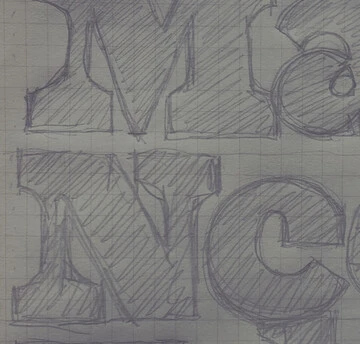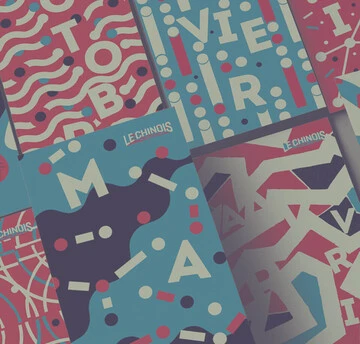category-handwritten
description text
As the name suggests, handwritten fonts are fonts that look like they were written by hand, usually with a pen or marker. Within that broad category you’ll find a range of styles that reflects the variations and subtle differences found in actual handwriting. The difference between script and handwritten fonts is perhaps a bit pedantic, but is based in the fact that script fonts are decorative or calligraphic in nature, while true handwritten fonts reflect the penmanship one would use in a letter. Examples of handwritten fonts include FF Mr K, ITC Zemke Hand, and Cavolini.
What are handwritten fonts?
As the name suggests, handwritten fonts are fonts that look like they were written by hand, usually with a pen or marker. Within that broad category you’ll find a range of styles that reflects the variations and subtle differences found in actual handwriting. The difference between script and handwritten fonts is perhaps a bit pedantic, but is based in the fact that script fonts are decorative or calligraphic in nature, while true handwritten fonts reflect the penmanship one would use in a letter. Examples of handwritten fonts include FF Mr K, ITC Zemke Hand, and Cavolini.
What can I pair with a handwritten font?
You can really pair anything you want with a handwritten font, but there are a few high-level considerations to keep in mind. Chances are you want the handwritten font to stand out, perhaps as a headline or logo, so you’ll likely want to pair it with something understated and maybe even a little austere. You will also need something relatively legible, as this font will likely do most of the heavy lifting when it comes to text. You’ll most likely find a match with a serif font, or perhaps a geometric sans serif font, the latter of which delivers a bit less legibility but is suitable for invitations or short text copy on a website.
When should I use handwritten fonts?
Handwritten fonts are a natural choice to use in stationery design, such as invitations. You can also use them for logos and branding. To state the obvious, you can use handwritten fonts whenever you want to convey a human touch, assuming it’s appropriate for your brand and visual aesthetic. Most handwritten fonts would not be a good choice for UX copy, long-form text on a website, or nearly any text on a mobile app (besides a logo or headline). Their detail. delicate design and, in some cases, exuberant flourishes can make them difficult to render cleanly on smaller screens.
What is the difference between script and handwritten fonts?
Handwritten fonts are designed to represent the penmanship a person would use in a letter. So quite literally, they are “handwritten” in the sense that they should evoke spontaneity, humanity, and occasionally some of the chaos that comes with writing by hand. While some handwritten fonts reflect perfect, precise handwriting, others draw out the messy side of handwritten correspondence. Script fonts, on the other hand, are more decorative in nature, and capture the craft of artistic hand-lettering found in signage, calligraphy, and other practices.
Do handwritten fonts go well with serif fonts?
Generally speaking, handwritten fonts go well with serif fonts. Of course, no two fonts are alike, so some handwritten fonts will not go well with some serif fonts. However, you will likely find a lot of aesthetic overlap between these two styles, both of which typically project a refined, classy persona. Serif fonts also deliver strong legibility, which you will likely need to support the more decorative handwritten font.











